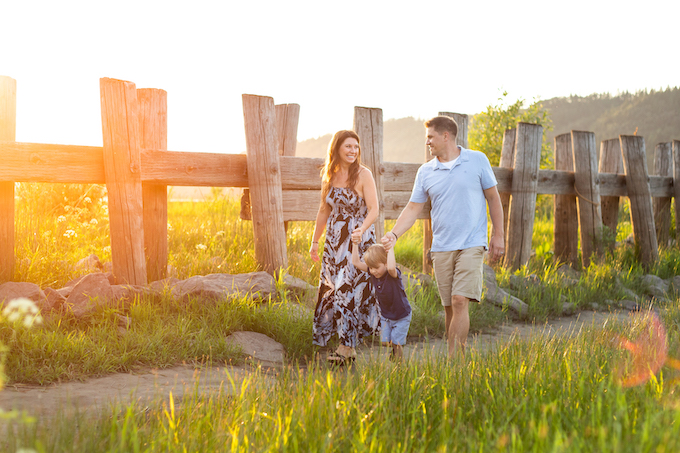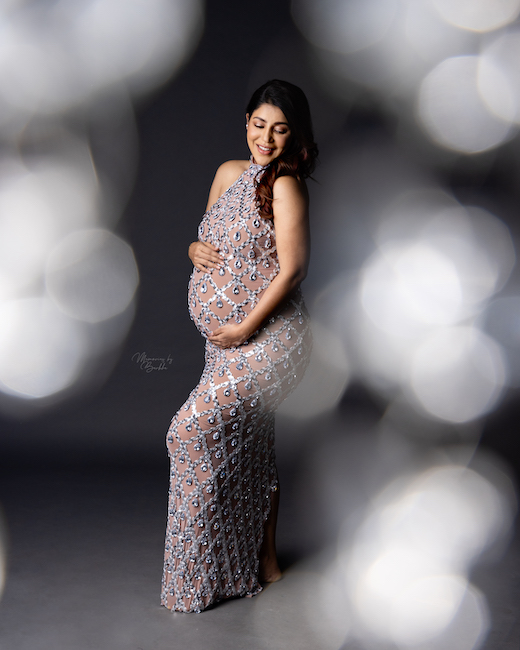Shaking Up the Traditional Family Portrait
September 2, 2016
Last month, Rangefinder reviewed Family Photography Now by Sophie Howarth and Stephen McLaren (Thames & Hudson, June 2016). The book is comprised of over 320 images from 40 professional photographers who, in their own unique styles, either captured their own family photos or turned their camera towards other people’s families.
Here, we speak with one Family Photography Now featured shooter, Pat Pope, whose clients often include several record companies and musicians; his image of pop singer Dido has even been featured in the National Portrait Gallery. Pope, who is based in the UK, was more than happy to fill Rangefinder in on how he’s developed his unique style, and about the influences that guide his posing directions.
Rangefinder: How did you get in to family photography?
Pat Pope: In England, these types of portraits usually show smiling, happy families. I thought, “You know what? I want to do something a little bit different.” So I decided to apply what I do commercially and build a style off of that, which is serious portraiture. No smiling. It has a much more Victorian feel.
Rf: How do you find subjects to pose for your portraits?
PP: I started by shooting friends of mine as I developed the style and technique I wanted. Then I would approach new people or friends with kids and say, “Let me do a picture for you,” and from that my family portraiture sittings grew through word of mouth. Now I’m mostly getting commissions from families, though I have a few commercial and editorial clients here and there as well. Oftentimes, I’ll turn up and get to know them as best I can, but most are complete strangers. They’ve seen my work and want a particular style, so they know what to expect.
Rf: How do you go about posing your subjects?
PP: It’s all a case of trial and error. Most portraits take place in a house, but I also like to shoot somewhere grand, like a church (I like a fairly old-fashioned background for my work). However, what I’m given to work with will determine how the subjects stand or how I chose to pose them. There’s no pre-determined right or wrong.
Rf: What are some examples of the type of direction you’ll give your subjects?
PP: Oftentimes, I’ll ask the subject to do what comes naturally in terms of poses. Sometimes I’ll ask them to sit or stand, but the final shot is fairly rigid, so all they can move is their hands or legs—cross or uncross. As far as hands go, the subjects can extend arms or put them on the table or off the table. There can be a couple of different variations. For me, behind the camera, it’s more a case of looking and seeing what’s working and what’s off. It’s more to me about the eye and what shape everything creates, and you keep trying different poses and movements until the shape is right.
Rf: Earlier, you mentioned seeking out a Victorian feel in your portraits. Is this type of imagery a big influence on your work?
PP: Yes; my inspiration comes from 100- or 150-year-old Victorian shots. Back then, people had to be really still because they were sitting for 16 seconds, so it is very rigid. You’d hardly ever see pictures of children or an animal in family pictures from those days because they couldn’t keep still, which, of course, is not the case today.
Rf: What happens after the shoot? How do you deliver the final image to the families?
PP: Most of the shoots are commissioned, so the family will typically want a portrait to hang on the wall in their homes. I will usually give them a mounted print and encourage them to have it framed. I don’t like to give away hi-res files, so I include the print in the price. Then all they’ve got to do is get the frame.
Related Links:
Finessing the Fine Art of Family Photography, Above the Herds of Hobbyists
Reflections From Legendary Rock ‘n Roll Photographer Mick Rock




